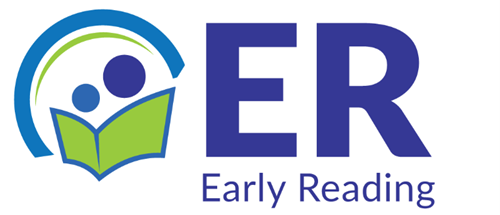
Theory of Action
If DPI develops a systemic and systematic approach to delivering high-quality, standards-based reading foundational skills instruction within an implementation zone that functions as a learning lab, then an implementation infrastructure will be used to support training, coaching, and early literacy instruction that emphasizes 1) building background knowledge and 2) systematic and explicit phonological awareness and phonics instruction in districts using implementation science to install and measure impact and K4-2 educators will have needed support and skills so that reading outcomes increase for all student groups, and accelerate for students of color and students with IEPs.
Objectives
The IZ-ER focuses on two key competencies within foundational early literacy practices:
- Explicit and systematic phonological awareness and phonics instruction, or “Phonics.” This competency defines and operationalizes the essential components that ensure phonological awareness and phonics instruction are taught in explicit (through the gradual release of responsibility) and systematic (following the scope and sequence of a curriculum) ways. Additionally, the phonics competency ensures teachers implement phonological awareness and phonics instruction effectively, providing that “just right” instruction based on assessment data.
- Building background knowledge through text collections, or “Building Knowledge.” This competency describes the essential components that allow for the purposeful engagement of learners in text sets in order to construct knowledge over time, because background knowledge is a predictor of reading comprehension.
The intended objectives of the IZ-ER project based on the Phonics and Building Knowledge competencies include the following:
- Districts will build their capacity within a linked team structure from capitol to classroom to develop and sustain a robust implementation infrastructure based on the Active Implementation Frameworks that support the effective and sustained use of effective early literacy practices.
- Districts will ensure that teachers’ use effective early literacy practices as defined and operationalized by the Early Reading Practice Profile by developing systems and structures to support training, coaching, and data that teams use to measure and monitor implementation and improvement.
- Key student outcomes will improve, including overall increases in ELA proficiency, and acceleration for students with IEPs and students of color, and decreases in the rates of students being referred for special education and requiring the need for specially designed instruction in the area of literacy.